![]() Describe the effects of drought on rice plant
Describe the effects of drought on rice plant
Lowland rice is extremely sensitive to water shortage. When soil water contents drop below saturation, growth and yield formation may be affected.
Rice has a variety of mechanisms by which it reacts to drought. Click on each of the grain to see its effects on rice.
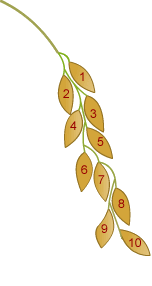
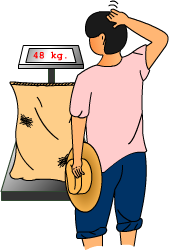
Decreased 1000-grain weight with drought after flowering.
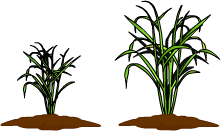
Inhibition of leaf production and decline in leaf area - leads to retarded leaf growth and light inception, and hence to reduced canopy photosynthesis. Leaf area expansion is reduced as soon as the soil dries below saturation (tensions higher than 1 kPa) in most cultivars.
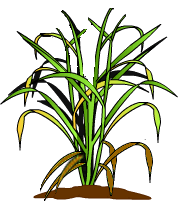
Enhanced leaf senescence (leaf deaths) – leads to reduced canopy photosynthesis.

Decreased grain weight if drought occurs during flowering
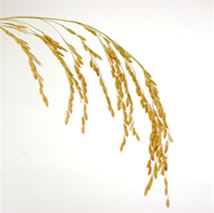
Reduced number of spikelets - reduced number of spikelets with drought between panicle initiation and flowering, resulting in decreased number of grains per panicle.
Spikelet sterility - water availability during flowering stage greatly affects spikelet sterility of the rice plant. When drought occur during flowering period, spikelet sterility will be affected which results in decreased percentage of filled spikelets. Therefore, grains per panicle also decreased.
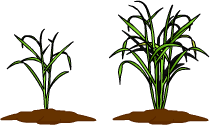
Reduced tillering and tiller death – drought before or during tillering reduces the number of tillers and panicles per hill, the reduced number of tillers/panicles maybe compensated for by an increased number of grains per panicle and/or by an increased grain weight.
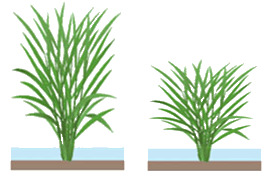
Reduced plant height - reduced in plant height and reduced in the number of spikelets will result in low yield production. However, the drought between panicle initiation and flowering contributes to the decreased in the number of grains per panicle.
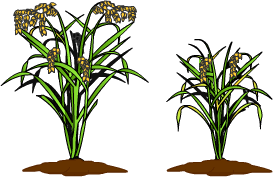
Changes in assimilate partitioning – roots grow more, at the expense of the shoot, during vegetative development, whereas portioning of assimilates among various shoot components is not affected. Deeper roots are effective for exploring water stored in deeper soil layers.
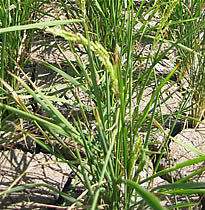
Leaf rolling – leads to reduction in effective area for light interception. However, leaves unroll again when drought stress is relieved.
Closed stomata |
Open stomata |
Closure of stomata – leads to reduced transpiration rate and reduced photosynthesis. Leaf stomata do not close immediately with drought stress. The crop keeps on photosynthesizing for a certain period before stomata close.
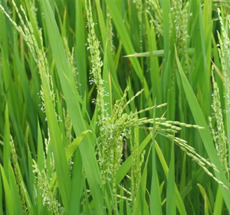
Delayed flowering – drought in the vegetative development stage can delay flowering up to 3 to 4 weeks in photoperiod-insensitive varieties. The delay in flowering is largest with drought early in the vegetative stage and is smaller when drought occurs later.
The above processes appear roughly in order of crop development and/or severity of drought. Some effects lead to irreversible processes of yield reduction like the enhanced leaf senescence, reduction in the number of spikelets and spikelets sterility but others may be restored when drought is relieved and other may be compensated for by the effects late in the growing season. The most sensitive stage of rice to drought is around flowering.
Now that you can understand the effect of drought to rice plant, we can now proceed in determining some practices to cope with water scarcity.